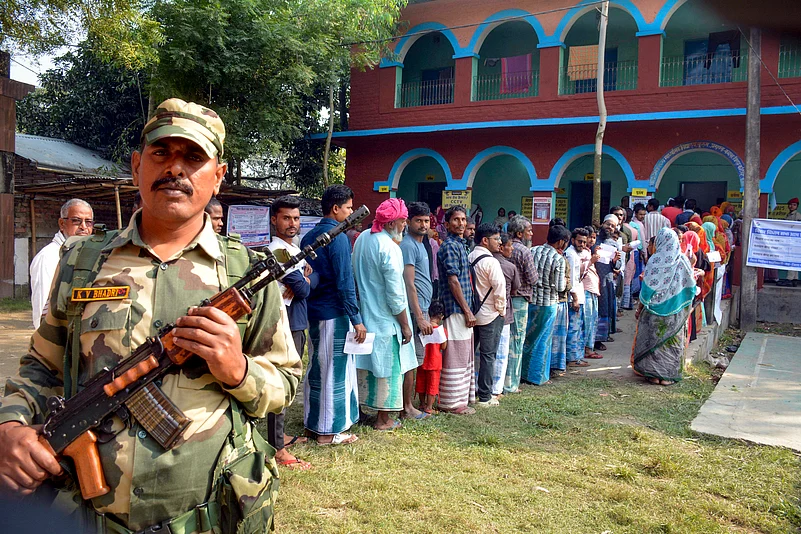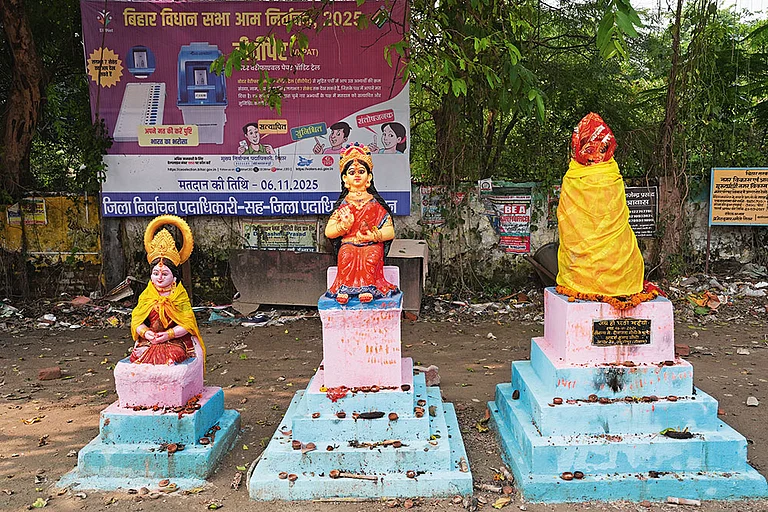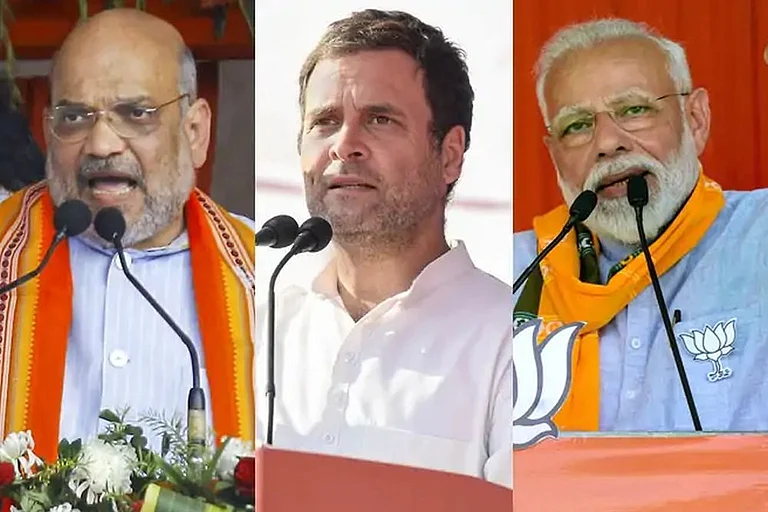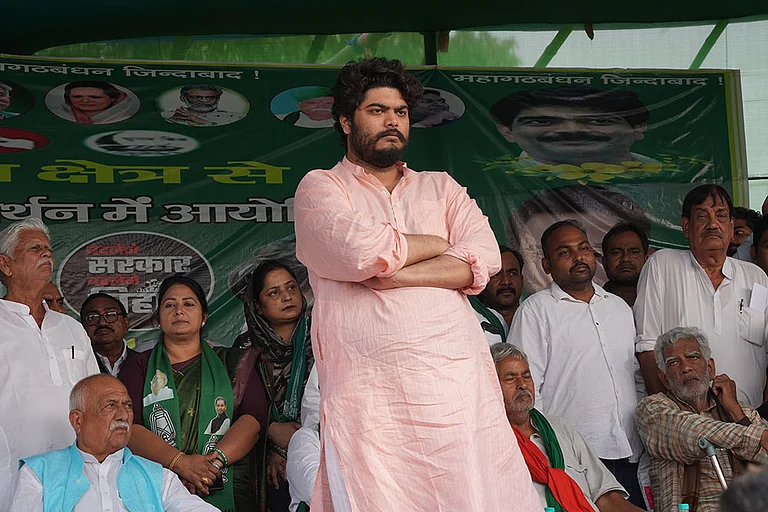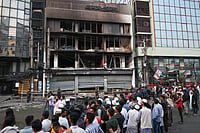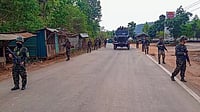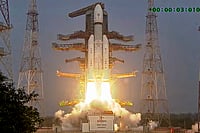
Provisional turnout reached 67.14 per cent across 122 constituencies (3.70 crore voters) on 11 November 2025, surpassing Phase I’s 65.08 per cent.
Seemanchal dominated with Kishanganj at 76.26 per cent (Muslim-majority district), Katihar 75.23 per cent, Purnea 73.79 per cent, Supaul 70.69 per cent, and Araria 67.79 per cent.
Security was airtight with 1.34 lakh personnel, including 85 central force companies, guarding 45,399 polling stations (65 per cent webcast).
Bihar etched a new chapter in electoral history on Tuesday. The second and final phase of the 2025 Assembly elections recorded a provisional voter turnout of 67.14 per cent, the state’s highest ever, across 122 constituencies encompassing 3.70 crore eligible voters. The turnout underscores unprecedented civic enthusiasm in what is widely viewed as a verdict on Chief Minister Nitish Kumar’s 20-year tenure.
Election Commission officials reported the figure at the close of polls at five PM, noting it eclipsed the Phase 1 record of 65.08 per cent on 6 November and the previous assembly high of 57.05 per cent in 2020. With long queues still visible at numerous booths even after hours, the final tally, expected Wednesday, could climb to 68-70 per cent, per ECI estimates. The surge, up 12.01 percentage points from 2020’s 55.13 per cent at this stage, reflects aggressive voter mobilisation by both NDA and Mahagathbandhan, bolstered by 6,000+ women-only “pink booths” that saw 1.75 crore female voters outpace males in rural strongholds.
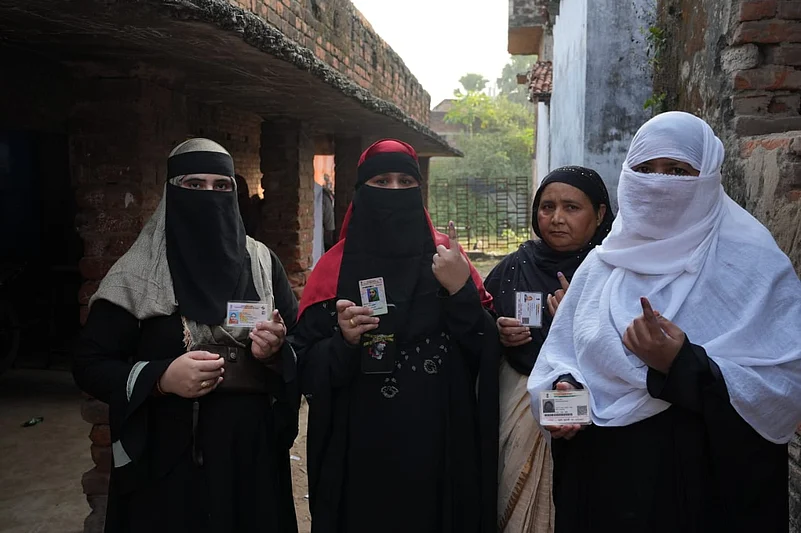
According to PTI, the Seemanchal belt, a minority-heavy NDA-Mahagathbandhan battleground, led the charge: Kishanganj (76.26 per cent, Muslim-majority) topped charts, followed by Katihar (75.23 per cent), Purnea (73.79 per cent), Supaul (70.69 per cent), and Araria (67.79 per cent). Gaya (15.97 per cent early) and Jamui (15.77 per cent) showed strong starts, whilst urban Patna Sahib lagged at 52.4 per cent. Madhubani registered the lowest at 13.25 per cent initially, improving to 61.79 per cent by close.
The phase spanned 20 districts, including 20 SC-reserved and 2 ST-reserved seats, with 1,302 candidates vying for victory.
Security was airtight with 1.34 lakh personnel, including 85 central force companies, guarding 45,399 polling stations (65 per cent webcast). Minor hiccups, 42 EVM malfunctions (replaced in 30 minutes), a scuffle near a Warisaliganj booth in Nawada (resolved without disruption), and a JD(U) agent booked for pamphlet distribution in Sitamarhi, did not dent the momentum. The ECI dismissed “misleading” clash reports from Aurangabad and Araria.
Phase II’s robust participation, up from 2020’s 55.68 per cent, signals a maturing democracy in Bihar, where overall turnout now stands at 66.1 per cent. Women-led booths and appeals from leaders like Nitish Kumar (Vote for development) and Tejashwi Yadav (Choose change) fuelled the wave.
With counting on 14 November, the results, projected NDA 200+ vs Mahagathbandhan 120+ by early exit polls, could redefine alliances and Nitish’s legacy amid caste census and job promises. As one voter in Purnia quipped, “Bihar voted not just for seats, but for its soul.”






